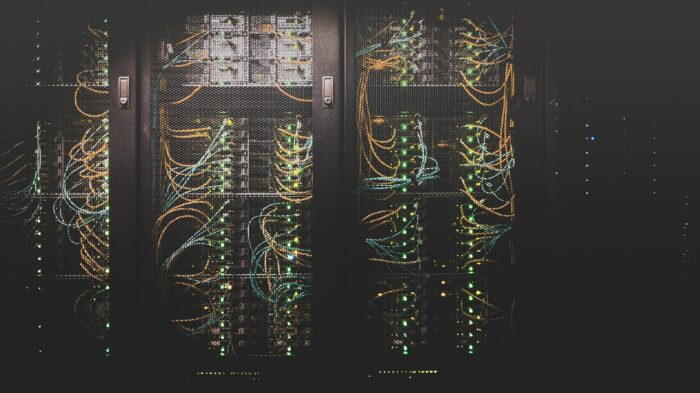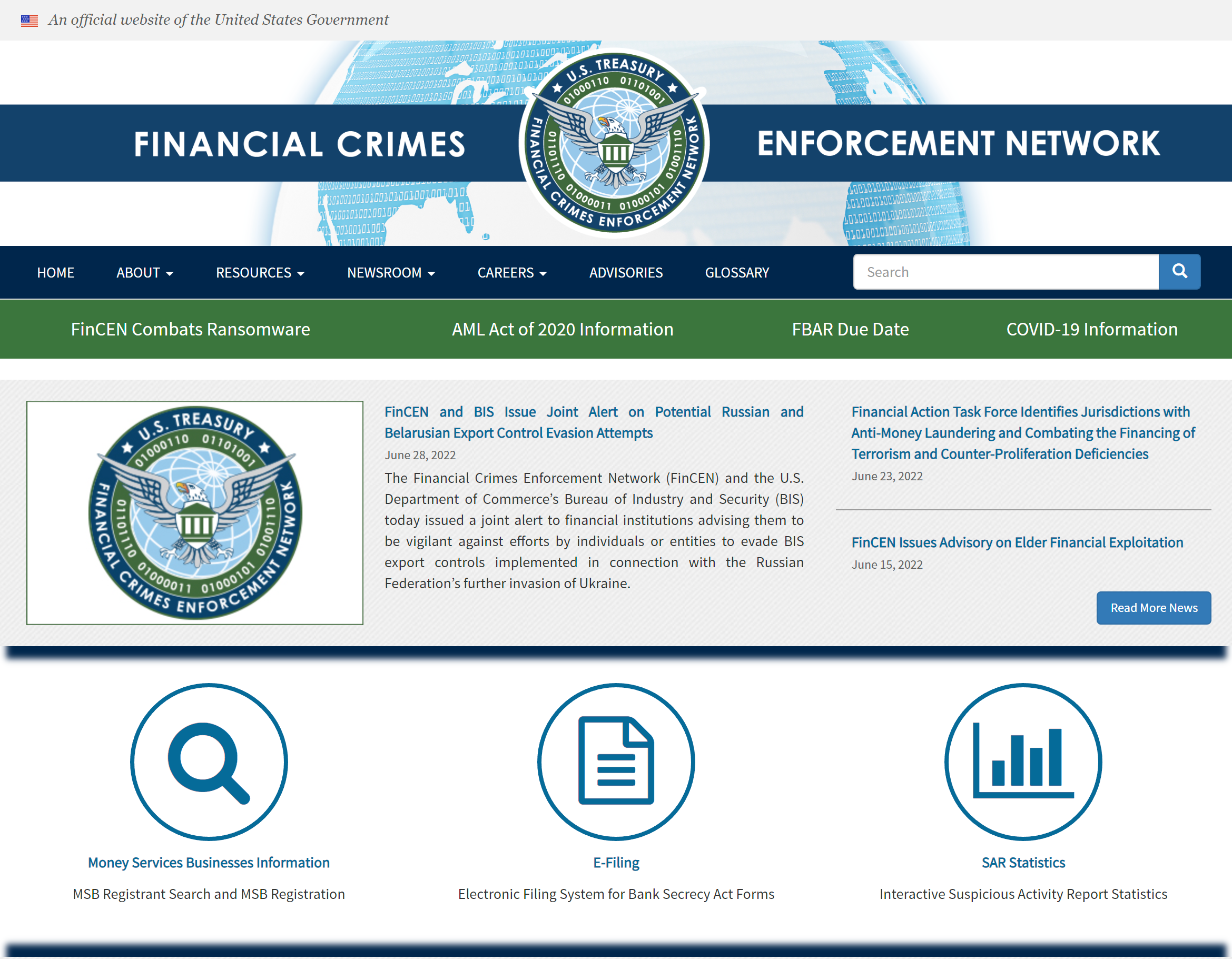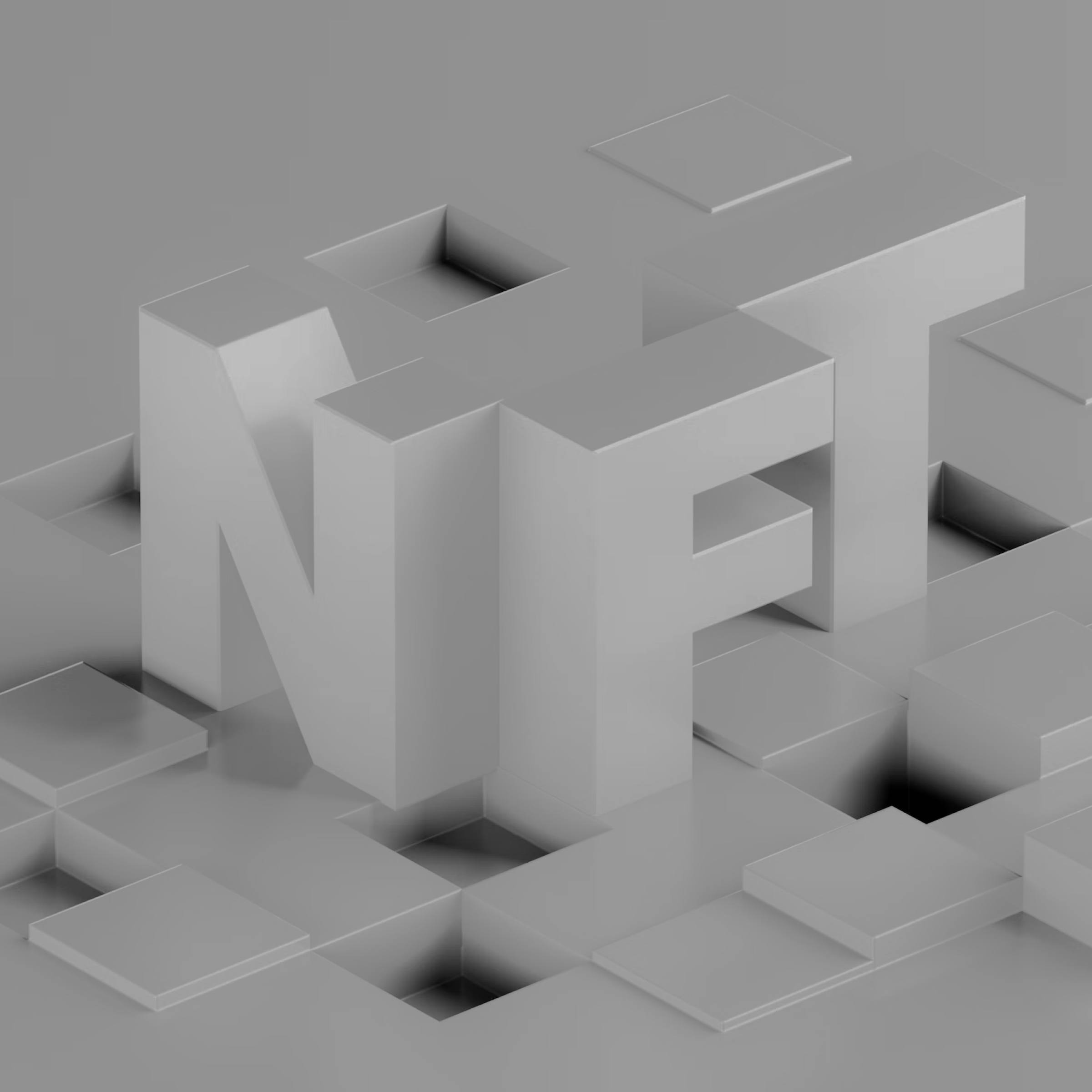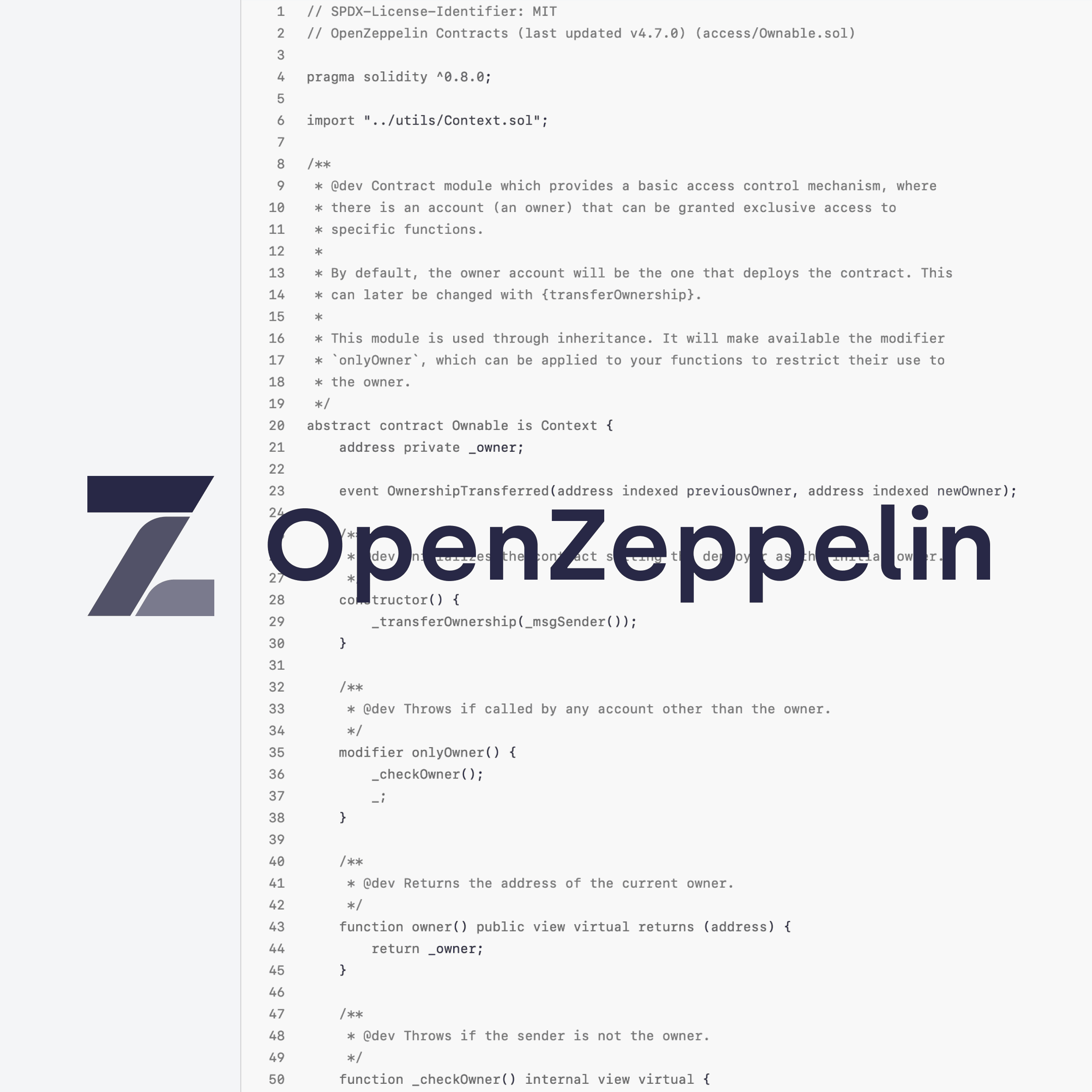6 Responsibilities for Digital Product Owners Offering Cryptocurrency
Having a cryptocurrency as part of your service is considered cutting-edge – those who are doing it successfully are setting the bar for a more ubiquitous Web3 presence.
This begs a couple of questions: what does it mean when a product uses crypto now and what will it mean when the dust settles?
Here, we’re going to examine some of the most pressing matters you’ll need to address as a crypto product owner.
Table of contents
- Understand your consensus mechanism
- Leave no stone unturned – check every nook & cranny
- Nurture the economy by listening to your users
- Stay on top of API maintenance
- Keep your crypto in compliance
- Have a long-term plan: the “easy money” appeal will being to fade
What are the upfront responsibilities of offering a cryptocurrency
Using a piece of technology just to use it is something that’s best reserved for experiments and demonstrations meaning you must have a reason to use blockchain and subsequently, offer cryptocurrency.
Though blockchain has an ever-growing list of use cases, it does have drawbacks that intersect with its complexity and manner of operation.

Because of the power consumption, nodes distributed around the world will vary in their output of carbon emissions and most places are far from being green. | Source: Taylor Vick on Unsplash
After you’ve done your research and completed a Design Sprint to validate using a cryptocurrency in your product, that’s great!
Now, you’ll have certain realities to confront and cryptocurrency responsibilities to uphold to be a good product owner of a blockchain.
1. Understand your consensus mechanism
As you verify the need for blockchain, you’ll also identify what specific features you need for your digital product.
Most digital product owners are now looking to take advantage of features beyond a token (or coin which is a standalone asset on its own chain) offering which should direct you to the best third-party platform to build your product.
Here, it will be necessary to understand how the consensus mechanism works as this will directly impact the kinds of security layer(s) you’ll need to implement to keep your product safe and efficient.

These figures are contested but the margin of error still keeps these numbers alarming high. | Source: Digiconomist
Most blockchains use some flavor of a Proof-of-Stake (PoS) consensus model because they’re still highly secure without near the gas prices found in Proof-of-Work (PoW) models like Bitcoin.
You could also create your very own blockchain from the ground up where you’re completely free to build as you like.
This would allow you to offer your own coin but keep in mind building a blockchain from the ground up takes a significant amount of development and maintenance, in some cases as much as a digital product itself.
2. Leave no stone unturned – check every nook & cranny
The same rules for building a birdhouse apply to digital products: measure twice to cut once.
With cryptocurrency, you’re offering something that is objectively influenced by powerful external factors. While this holds true for all digital products to a certain extent, the visibility of a crypto coin or token’s value is ever present for your users as well as anyone on a crypto exchange.

Still technically in the black but at this point but it’s no longer enough for a good jet ski.
You’ll want to ensure that your product can handle both downswings and upward momentum in your cryptocurrency’s value.
How to do this would depend heavily on the nature of the product your offer. For example:
- Two-side marketplaces like OpenSea can educate their users and offer suggestive pricing. OpenSea uses a few different tokens like Ethereum (ETH) for users to buy and sell NFTs. What this means is that big changes in the value of the coin can make costs radically different from one day. Here, it would be a good idea for both the platform and users to be able to adjust prices (aside from the floor price mechanic) accordingly around dips and raises in values of supported crypto to keep sales moving.
- Platforms like The Sandbox should be able to adapt around crypto value. When you generate and sell NFTs directly to users like The Sandbox, a play-to-earn metaverse, you don’t want to run into a situation where your token value takes a dive after a major influx of new adopters and not be able to create some cushioning in pricing. This can lead to panic and cause users to liquidate assets connected to your service as well as dissuade new users from joining.
Responsibilities for digital product owners using crypto down the road
Good research along with strategy-driven planning in design will help ensure you’re equipped to succeed in the marketplace. To maintain sustainability and ideally grow, you’ll need to take action throughout your product’s lifecycle.
3. Nurture the economy by listening to your users
When you’re building ethically like others who are offering blockchain with purpose, instead of just to line the pockets of your savviest users, you’ll need to stay on top of user feedback, just like any digital product.

Regular testing and learning enable you to stay on top of your user’s needs. | Source: UX Indonesia on Unsplash
The UX of your app should always be viewed as a work in progress – you need a tech stack with services that provide behavioral analytics to understand the granular details of how users move through and interact with your app.
Products tethered to a cryptocurrency will also need additional analytics systems for the product itself in addition to direct feedback from hired testers, those who leave feedback on app stores (when offering a mobile app), and even places like Reddit where communities will inevitably form to discuss your product.

Do better than this.
The above shows communication with Team17 inquiring about a fix for a game-breaking bug in their platformer title Yooka Laylee that prevents 100% completion of the title (i.e., acquiring all collectibles) on all available platforms (i.e., Nintendo, PlayStation, Xbox, and Steam) the game is sold.
Despite multiple discussions easily found around the web about the issue, they act completely clueless.

Despite the issue immediately surfacing with a quick Google search, Team17 acted completely ignorant of this pervasive issue that’s almost certainly easy to fix.
Don’t be like the people at Team17 who have allowed a problematic product to exist on the market for years without so much as acknowledging a problem for a sizable number of users.
Your internal analytics tools will give you tons of information but make sure to pay attention to conversations surrounding your product on outside platforms and social media.
4. Stay on top of API maintenance
The blockchain you select to create your cryptocurrency will usually have several compatible APIs that will be used to interact with data and send transactions as well as for frontend operations.
Like other pieces of technology, these are subject to change over time as new capabilities are introduced and others deprecated whether for lack of utility or security reasons.
These changes will naturally emerge over time like other technologies used to deliver functionality to other portions of an app or website.
As such, you will need to allocate time and resources to ensure your product’s APIs that interact with the blockchain are given substantial attention to keep your product in optimal condition.
5. Keep your crypto in compliance
Every country has different crypto laws which you’ll need to mind when offering a global currency.
The first step for a product that’s being built out of the US (as well as for those traded in the US) will need to register with the Financial Crimes Enforcement Network (FinCEN).

Stay in compliance to minimize visits to yucky government websites. | Source: Financial Crimes Enforcement Network
Like anything subject to regulation, financial compliance will also change like the capabilities of the APIs you use. Make sure to keep these entities happy or you risk running your crypto token and service into the dirt.
6. Have a long-term plan: the “easy money” appeal will being to fade
Right now, people are investing and buying crypto and NFTs just because there’s a potential for quick money which is a collective mindset that’s nearing a downward trend.
Assets like low-utility images being sold as NFTs for high prices and lackluster crypto tokens like Dogecoin aren’t attracting buyers because the art they contain is “so awesome” or because Doge is so useful (because it’s not) but rather because of the potential for major returns on investment.
The security offered by distributed ledger technology that drives blockchain operations like a crypto network has far more capabilities than for ho-hum artwork.
Again, make sure your product is geared for the long haul and not just the “love ‘em and leave ‘em” kind of users.
While there are a lot of ways to approach this, developing your cryptocurrency for use outside your platform and exchanges, such as making it appealing for retailers to accept payments.
We help businesses navigate the future of Web3
Cryptocurrency, NFTs, and blockchain in general promise a ton of new advantages but it’s a bit trickier to get just right.
Here, we are fully vested in creating exceptional experiences driven by blockchain that help businesses and users get the most out of their products.
If you’re looking for some help with your cryptocurrency or blockchain-driven product, get in touch!









